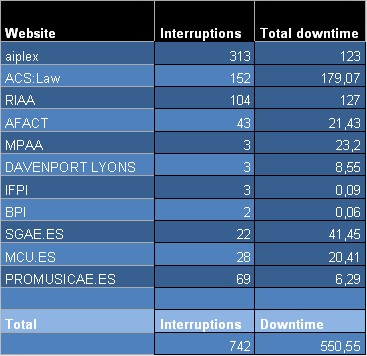
Using public Wi-Fi networks are very enticing and sometimes, they can save you when you’re in a bind and may not have access to data, like when you are travelling. It is extremely important to understand the potential risks you assume when you connect to public Wi-Fi networks and the precautions you must take.
If you are like us and want to avoid sticky situations while travelling and connect your device to available Wi-Fi networks, then learn the risks and follow our advice:
Risks:
When you’re surfing the net on unknown Wi-Fi networks, you are making your device susceptible to attackers who can easily hack your personal information or even kidnap your phone or tablet. Open networks bring with them great risks which is why we have to be very careful.
What should we do then? 10 cybersecurity tips
1- Keep applications and operating system updated: most updates upgrade your operating system to the latest version and include security patches which provides more effective protection.
2- To increase protection on your devices, it’s important that you trust in the best security tools available: a good antivirus will add an extra thick layer of security.
3- Shield accounts and services: using the two-step verification that is offered by most services, like Google, can greatly improve your security while surfing the web. Not only does this security measure help protect user-privacy if the device protection is sub-par, but if they want to get closer to your information, external attackers will have to conquer another security challenge.
4- Correctly configure the options on your systems. The best thing for your security is to correctly set the options that can automatically share content from your devices or can automatically connect to Wi-Fi networks that are available. Maybe you didn’t realize it, but you could risk your security unknowingly by having these options activated.
The combination of an updated system with security software and personalized options can help boost your security.
5- Look for official Wi-Fi networks, or ones with safeguards: Often there are open networks available to us when we are in public spots like shopping centers, restaurants and the airport. It has become common for hackers to create network names to trick users into thinking the network belongs to one of these public places. Once we are connected to a public network, we must make sure it is secure. It is extremely important to only use trustworthy Wi-Fi networks and the most secure ones encrypt connection with WPA2 passwords.
6- Be responsible: once you have made sure that everything is trustworthy, the next tip is simple: use the internet responsibly. Be aware that you are surfing off a public network and limit yourself from navigating on websites that ask for sensitive information.
7- Use common sense: we don’t advise using public wi-fi networks for online payments, bank operations, or for sending private information. The safest thing you can do is use common judgement when putting your information out into the web, because you never know who could be using it and what they could be using it for.
8- Browse HTTPS sites and use VPNs: these two security layers add an extra boost your privacy and are great complements to the security measures mentioned previously.
9- Follow the frequent security rules: create and use robust passwords, don’t repeat passwords (not even on different services) and disconnect to the network when you aren’t using it.
10- Lastly and most importantly, keep in mind that accessing public wi-fi networks should be your last option.
Now that you know these 10 tips, you can hook up to Wi-Fi networks safely this summer. Happy travels!




3 comments
That is a really good tip particularly to those new
to the blogosphere. Simple but very accurate information… Many thanks for sharing
this one. A must read article!